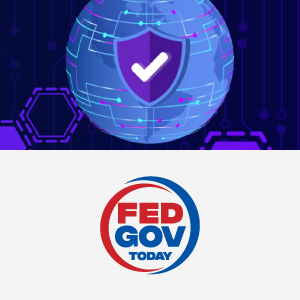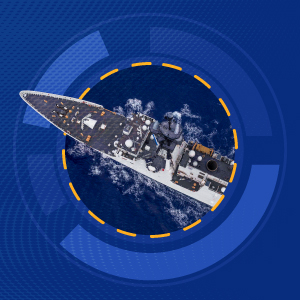The global prominence of technology, cyber power and cybersecurity is vital to U.S. political and economic success. At TechNet Cyber 2023, a conference held in Baltimore, Maryland, Government, industry and academic partners discussed solving global security needs. This year’s conference, which took place May 2-4, focused on numerous topics including Zero Trust, multicloud and defense strategies against bad actors.
Thunderdome: The New Zero Trust Framework
Thunderdome is the new Zero Trust framework to improve cyber security and posture, created by the Defense Information Systems Agency (DISA), a combat support agency that provides information technology and communications support. Lieutenant General Robert Skinner, the director of DISA, attests that Thunderdome meets 131 of 153 key standards that were laid out by the Department of Defense (DoD) as a part of its strategy for Zero Trust. With that and further growth, Thunderdome is well on its way to being a vital part of Zero Trust cybersecurity.
 However, Thunderdome is not a one size fits all solution, as its scalability and modularity will require ongoing assessment. At the event, Lieutenant General Skinner highlighted three key components to understanding where Thunderdome fits into agencies. They are known as the “three Ps:” posture, position and partnerships. The first part, posture, evaluates where an agency stands with its technology and processes in relation to its cyber posture. The second element, position, is the utilization of these resources to achieve the best results. And lastly, partnerships form the cornerstone of maximizing business capabilities. In relationships with allies and partners, all participants can help each other and ensure that they are all on the same page.
However, Thunderdome is not a one size fits all solution, as its scalability and modularity will require ongoing assessment. At the event, Lieutenant General Skinner highlighted three key components to understanding where Thunderdome fits into agencies. They are known as the “three Ps:” posture, position and partnerships. The first part, posture, evaluates where an agency stands with its technology and processes in relation to its cyber posture. The second element, position, is the utilization of these resources to achieve the best results. And lastly, partnerships form the cornerstone of maximizing business capabilities. In relationships with allies and partners, all participants can help each other and ensure that they are all on the same page.
Much of this manifests in Thunderdome’s process of improving agency posture with regards to the workforce. Through education, the right training, retention and hiring those with the right skillsets, agencies can improve their industry posture. Lieutenant General Skinner stressed that to support the current workforce, it is vital for agency leaders to “know and understand what their capabilities are to move them in the right place.”
The Pentagon’s MultiCloud Environment
The Pentagon’s multicloud environment is designed to give practitioners access to the best of technology. However, the complexity of the multicloud environment can lead to issues if not managed correctly. To combat this, Armon Dadgar, HashiCorp’s CTO and Co-founder, recommends forming a consistent way for practitioners to set up cybersecurity infrastructure on other platforms. As agencies seek to decomplexify systems, one way to achieve this in both the public and commercial sector is by establishing a consistent approach to the multicloud. Agencies should be intentional about instituting abstraction layers and begin by defining a central platform team to create a common blueprint across environments. This way, there is an organized standard for future processes.
Threats to Cybersecurity
Wanda Jones, a principal cyber advisor of the U.S. Air Force, discussed how to protect against hackers with evolving threats. Bad actors are aggressive, always moving and attacking industry’s weak spots. The best way to defend capabilities is to detect threats early on and respond in a timely manner. Agencies must always be monitoring and improving to stay on the offensive. A solid start to improving the Zero Trust is improving security architecture and providing access to those with known identities within the agency.
With the continued focus on cybersecurity, the Federal Government maintains the public’s safety and security.
To learn more about the topics discussed at TechNet Cyber, View the full Fed Gov Today episode co-sponsored by Carahsoft.
*The information contained in this blog has been written based off the thought-leadership discussions presented by speakers at TechNet Cyber 2023.*

 How DISA IT Initiatives Support the USMC
How DISA IT Initiatives Support the USMC